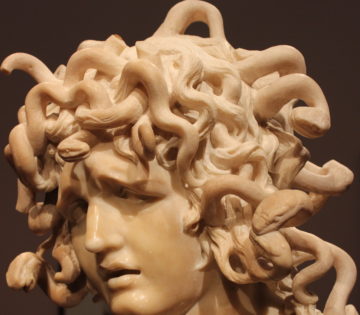by Jerry Cayford

The topic today is misinformation and knowledge, conspiracy theory and evidence, not biblical exegesis. When Saint Paul tells the Corinthians, “For now we see through a glass, darkly; but then face to face” (1 Corinthians 13:12), he is contrasting partial, human knowing with the perfect knowing that will come when we reunite with God. He is not dissing human knowledge, and yet one detects an unmistakable yearning for that better sort of knowledge.
These two kinds of knowledge express two different philosophical theories of truth. When the Scientific Revolution came along some sixteen hundred years after Paul wrote, people had had enough of this “through a glass darkly” stuff and decided it was time to move on to seeing reality “face to face.” That moving on, though, never quite left the dark mirrors behind, and we are living today through an acute conflict between these theories.
Today, we are at another moment of historic transition, with the atomic bomb behind us and artificial intelligence ahead. In writing about our moment, I will do a bit of philosophy and some intellectual history—about as quick and dirty as you saw in the previous paragraph—through the lens of three pieces by New York Times columnists (you don’t need to read them). All three discuss conspiracy theories and how to confront them. We will find our two competing theories of truth between the lines. Seeing them in action can illuminate our moment, and maybe the path ahead.
The first column, by Farhad Manjoo, explains why it is pointless or even counterproductive to argue with conspiracy theorists like Robert Kennedy Jr. The rebuttal to Manjoo by Ross Douthat explains that the alternatives to arguing are far worse. The third, by Paul Krugman, explains how to argue. I think the three together are instructive about how we can know things, even when we never confront reality face to face but see everything through a glass, darkly. Read more »
